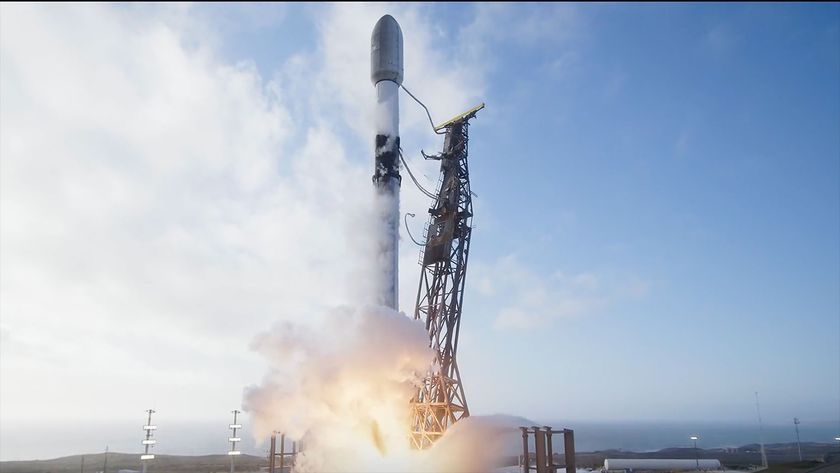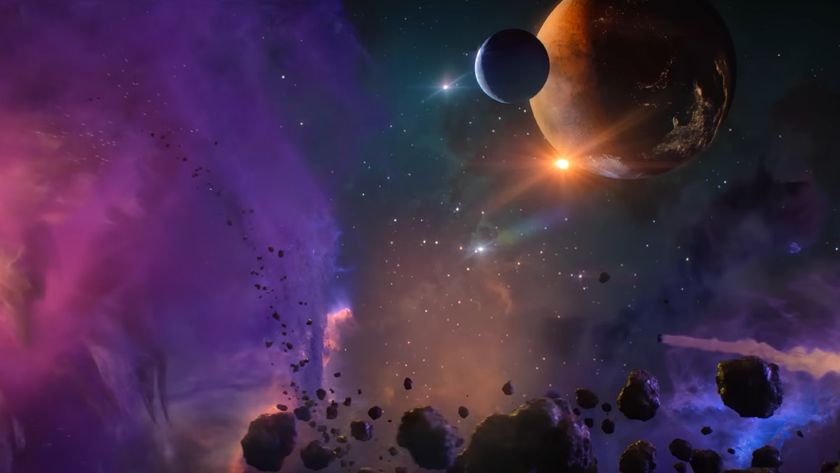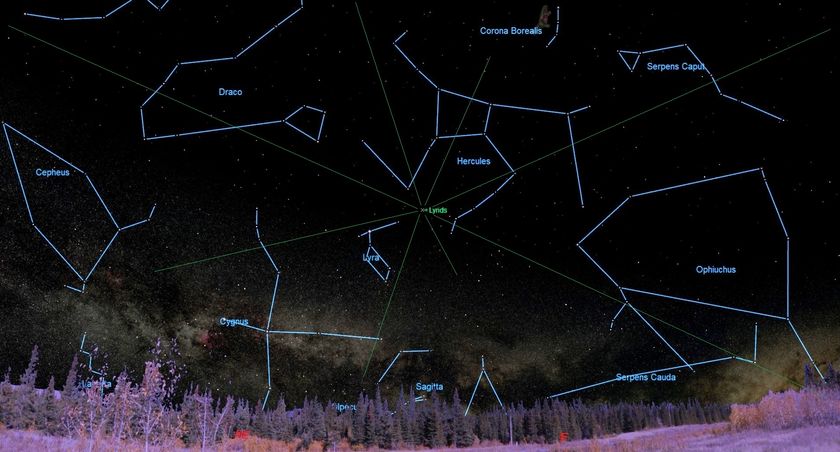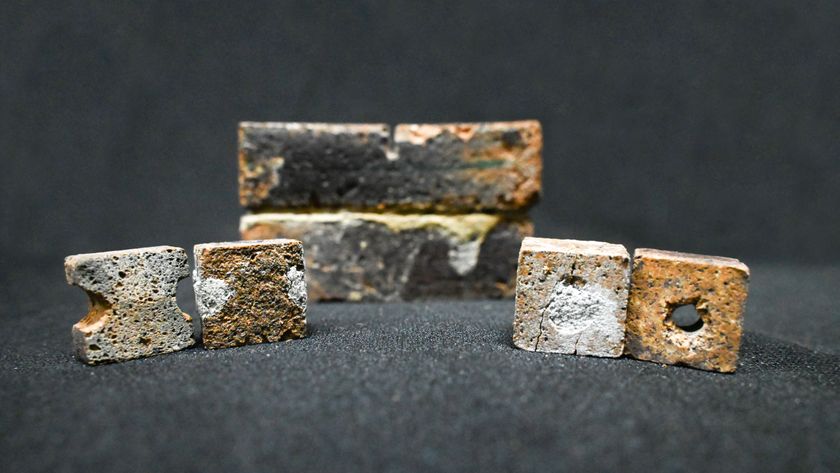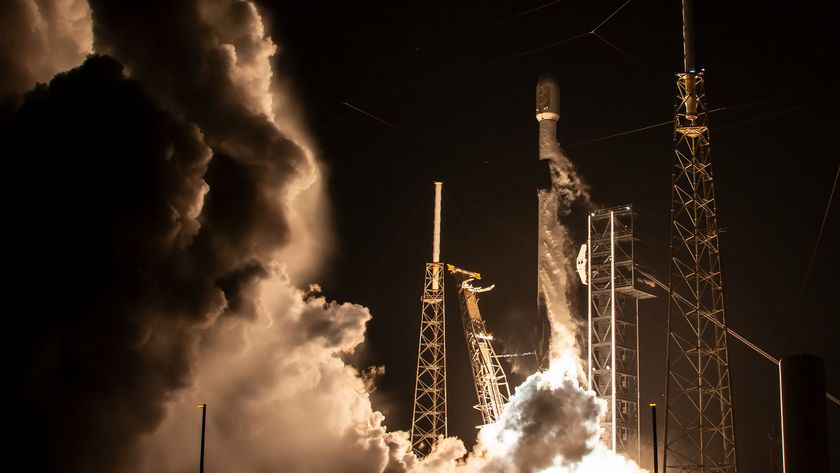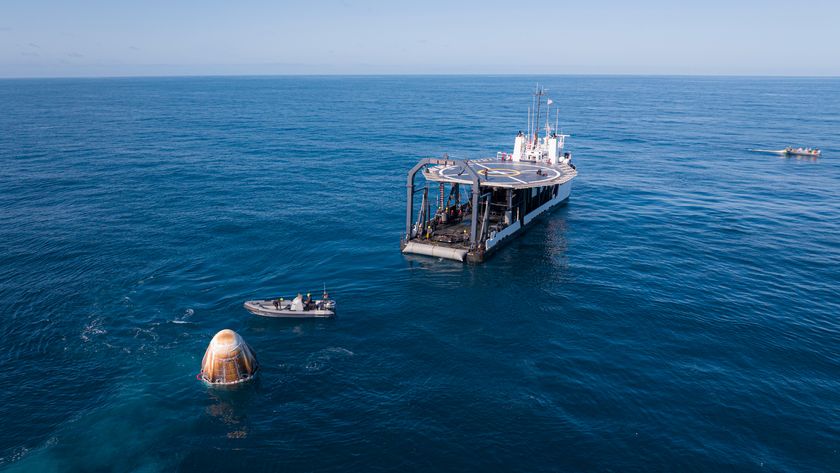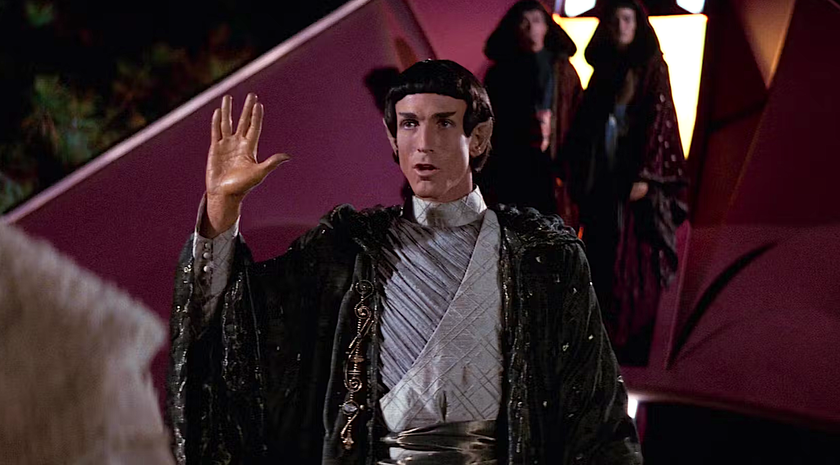Spacecraft Zooms by Mercury for Second Time
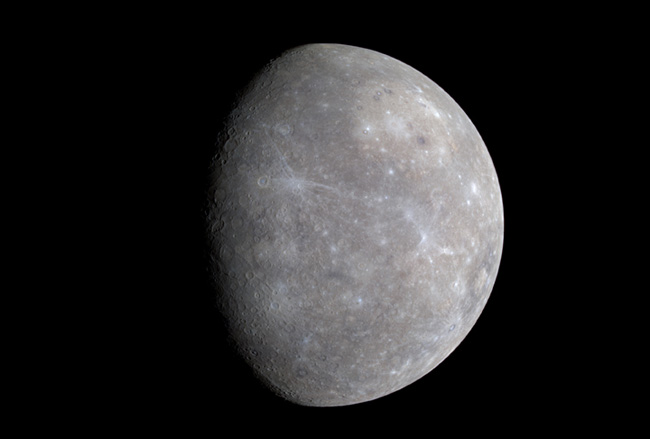
A NASA probe made its second Mercury flyby early Monday as itcloses in on the closest planet to the sun.
The MESSENGER spacecraft was due to pick up a gravitationalboost during the rendezvous today at 4:45 a.m. EDT (0845 GMT) that will help itsettle into orbit around Mercury in 2011. But scientists also directedMESSENGER's cameras and sensors to capture new images and data from areas ofthe planet that remained uncharted after its firstflyby on Jan. 14.
"Mercury has been a real anomaly in that, up until now,we have not seen theentire surface on one of the bodies closest to the Earth," said SeanSolomon, MESSENGER's principal investigator at the Carnegie Institution ofWashington, during a teleconference last week.
At its closest approach, MESSENGER, short for MErcurySurface, Space ENvironment, GEochemistry, and Ranging, was expected to swingwithin 125 miles (200 km) of the planet's surface.
Mission controllers expected to lose contact with thespacecraft at certain times while it twisted and turned for better views ofMercury. MESSENGER also switched from solar to battery power for 17 minuteswhile flying through the planetary shadow.
Scientists eagerly await the new images fromnever-before-seen regions of Mercury, which add up to about 30 percent of theplanet's surface. The spacecraft was slated to snap 629 images specifically fornine large image mosaics that will help scientists begin mappingMercury.
Researchers hope to begin receiving new data from MESSENGERabout 21 hours after it leaves Mercury's shadow, in the very early morninghours of U.S. EDT on Tuesday.
Get the Space.com Newsletter
Breaking space news, the latest updates on rocket launches, skywatching events and more!
MESSENGER is the first spacecraft in 33 years to encounterMercury up close since NASA?s Mariner probe buzzed the planet three times in1974 and 1975. The new spacecraft swung by Earth once and Venus twice sincelaunching in August 2004, and has now completed two of three Mercury flybysbefore going into orbit around the planet.
Mission controllers saved on precious propellant by takingadvantage of the solar wind's force to alter the probe's trajectory. The flybysolar sailing maneuvers marked the successful execution of a "3-D complexexercise in threading the needle," Solomon said.
MESSENGER's first flyby on settled an old scientific debateby showing how volcanoeshave shaped the planet's flat, smooth plains. It also detected Mercury'smagnetic field, which is shaped by the solar wind's bombardment into a teardrop with the flat face toward the sun.
The second flyby today allowed the spacecraft to peer at theopposite side of the planet.
- Video - Mysterious Metallic Mercury
- Top 10 New Mysteries of Mercury
- Video - MESSENGER Probe Views Earth in Flyby
Join our Space Forums to keep talking space on the latest missions, night sky and more! And if you have a news tip, correction or comment, let us know at: community@space.com.
Jeremy Hsu is science writer based in New York City whose work has appeared in Scientific American, Discovery Magazine, Backchannel, Wired.com and IEEE Spectrum, among others. He joined the Space.com and Live Science teams in 2010 as a Senior Writer and is currently the Editor-in-Chief of Indicate Media. Jeremy studied history and sociology of science at the University of Pennsylvania, and earned a master's degree in journalism from the NYU Science, Health and Environmental Reporting Program. You can find Jeremy's latest project on Twitter.

